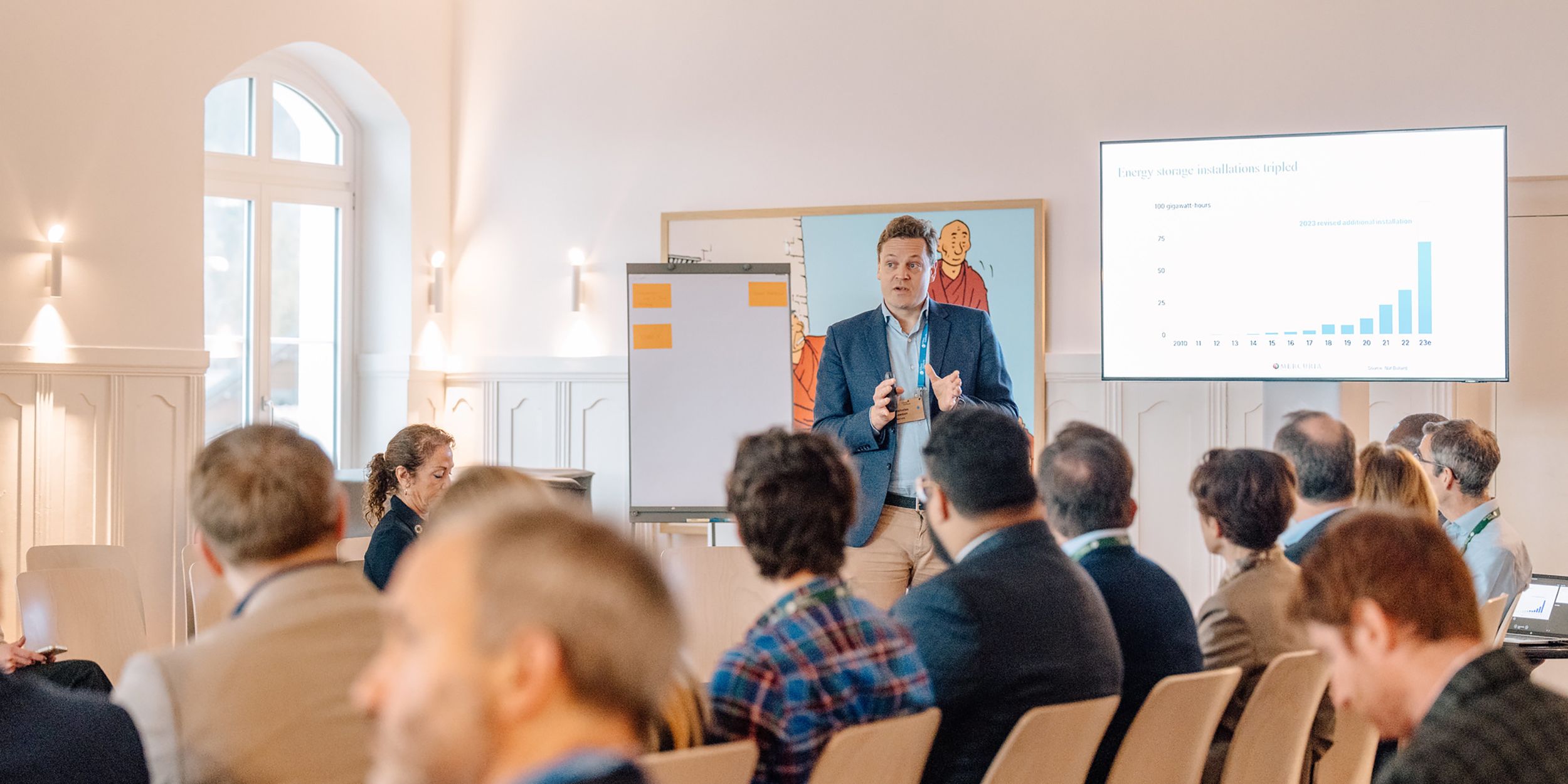The Ideas
A fallacy in navigating the climate landscape is the lack of positive representation in the media. There tends to be an overwhelming focus on failures rather than a display of success. Selective representation creates disparity amongst the public, fueling apprehensive attitudes towards climate action. A final misunderstanding discussed is that one path fits all. Different countries require different pathways to tackle climate change, depending on a multitude of factors such as energy access, and status in availability and usage. As stated by one of the experts, an understanding of the nuanced pathways is crucial to developing specialized solutions.
To understand the nuanced pathways, one must account for the successes. According to one of the experts, roughly $2.0 Trillion was spent on energy transitions in the past year. It is no surprise that there was a drastic increase in global wind and solar generation. Although this shows promise, energy consumption of the steel industry is dominated by ~70% coal. These worrying trends call for novel action. For instance, the H2 green steel plants in Sweden have the potential of removing CO2 emissions by up to 95%, or ORCA, which is the world's largest direct carbon capture plant. It is projects such as these that will facilitate energy transitions across the globe.
The end state of the climate landscape is SDG 7 - universal access to clean and affordable energy. How can energy transitions be instilled sustainably? Well, for starters, it is imperative to view climate change as a whole system. Biodiversity, energy, pollution, and greenhouse gas emissions must all be considered. Innovation must maximize these different factors, creating an integrated approach that increases scalability. To start energy transitions, leadership mindset must change. We must care enough to develop multi-applicable solutions, share these solutions, and never be apprehensive about setting ambitious goals. Ambition is often lacking, or goals are too ambitious with insufficient planning. A moonshot mindset creates a goal that is not solely based on the perception of what is achievable, but on what is needed for success.
Navigating the multifaceted energy and climate landscape demands a shift that embraces ambitious yet carefully planned goals to drive sustainable energy transitions on a global scale.
The Perspectives
Participants raised questions pertaining to human cost, such as “what are the consequences of doing nothing?” and “how can we articulate the consequences of doing nothing?”. The discussion first highlighted the need for universal access to data. The more data there is available, the more it is possible to quantify the consequences. Much like how a bottom-up focus is critical when looking at human costs because those who are lower down tend to experience more drastic effects of climate change. Looking at different parts of the population helps provide a perspective into the effects of climate change.
The second discussion was centered around the need to incentivize energy transitions. The key concept was that specific approaches are required for each entity. These specialized approaches can depend on a variety of factors, for instance, if they require the development of a new technology, or simply the advancement of a pre-existing technology. Moreover, it was discussed that understanding the extent to which climate change is an existential threat can be a great motivator. This concept instills fear, and humans tend to be motivated by fear - the COVID-19 pandemic was a prime example of this. Although fear inspires action, individual action will not suffice. Yes, many entities must transition to green energy, but it is just as important that there is intersectionality between different sectors to achieve this change.
Arguably the most significant discussion tackled data transparency. As mentioned above in both discussions, data transparency is indispensable when approaching energy transitions. To elaborate, data transparency may be examined at a micro and a macro scale. The micro scale looks into how much a college, for example, spends on energy per year. This is then evaluated in terms of availability, accessibility, and accuracy. These three A’s aim to alleviate data bias by communicating the data to a wider audience. Furthermore, the communication of data must be comprehensible by people of all socioeconomic backgrounds.
In synthesizing the discussions on navigating the energy and climate landscape it becomes evident that an energy transition must effectively quantify the consequences of inaction, motivate collective action, and ensure that data transparency empowers all stakeholders to engage meaningfully in sustainable energy solutions.



